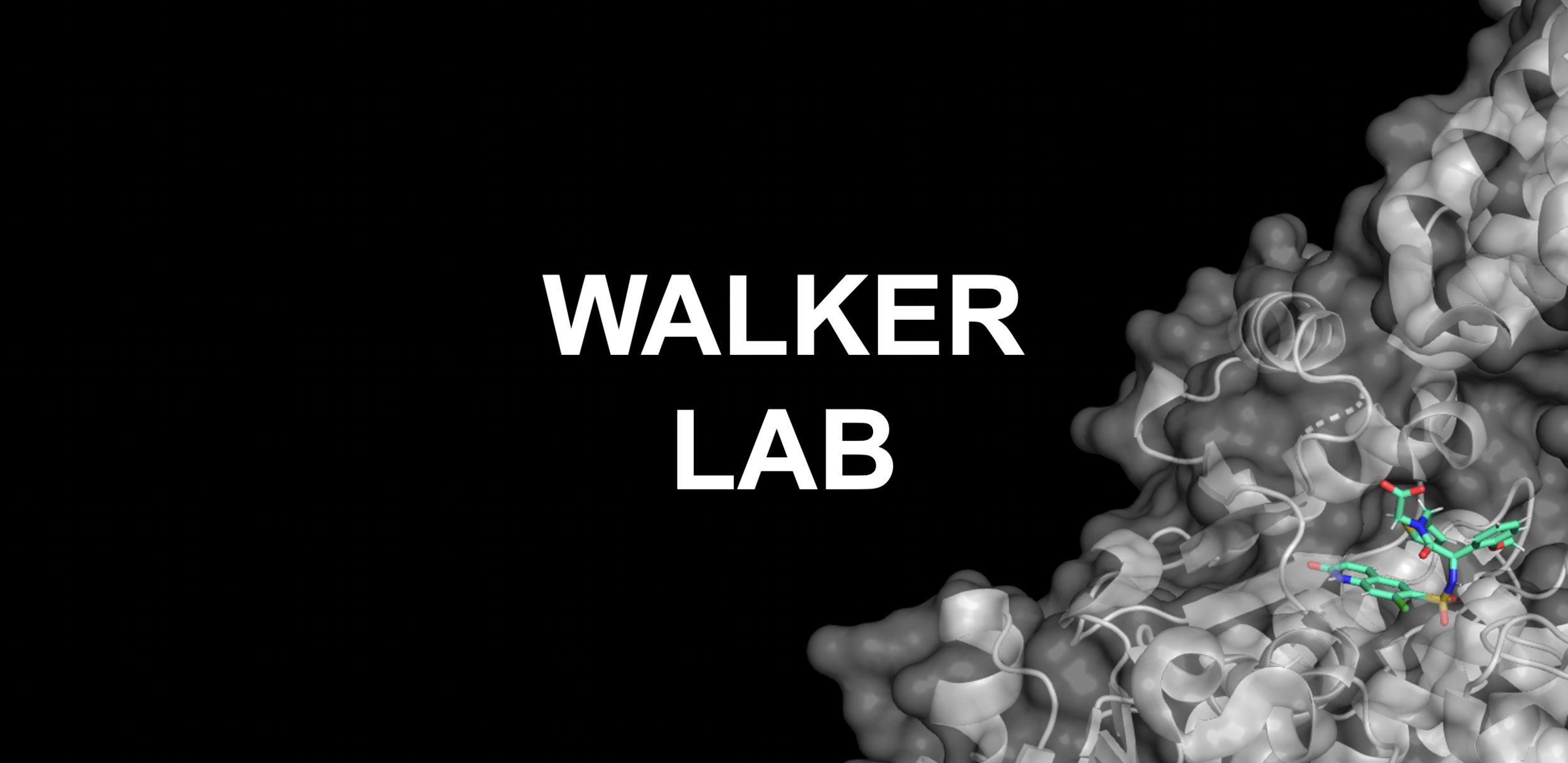OUR REsearch
The purpose of the Walker lab is to foster a collaborative learning environment where graduate students and postdocs thrive as they pursue their goals. We offer talented trainees challenging scientific problems and guide them as they discover solutions. The lab has two overarching scientific goals (below) and combines core expertise in Biochemistry with chemistry, genetics, proteomics, and genome-wide approaches to attain them.
1) We want to understand how cell growth and division are coordinated in bacteria. We are motivated by both fundamental interest and by the need for new strategies to treat antibiotic-resistant infections. The bacterial pathogen Staphylococcus aureus is our primary model system, but we venture into other Gram-positive organisms when necessary. We use antibiotics and small molecule probes discovered in the lab in genome-wide studies that reveal connections between pathways involved in cell growth and division. We use in vitro reconstitution and cellular biochemistry to understand biosynthetic and regulatory mechanisms at a molecular level, and we use genetics to guide and test our hypotheses. Interested chemists, biochemists, and microbiologists are welcome to contact the lab.
2) We want to understand what mammalian O-GlcNAc transferase (OGT) does. Found in the nucleus, cytoplasm, and mitochondria, OGT is essential for cell viability and is the most highly conserved glycosyltransferase in the human cell. OGT is also the only glycosyltransferase that does not act in the secretory pathway so it occupies a unique biological niche. However, its essential functions are not known and discovering them is a major challenge because OGT has over a thousand glycosylation substrates, numerous binding partners, and a second enzymatic activity that takes place in the same active site as glycosylation. We have solved multiple structures of OGT containing substrates, substrate analogs, and products to provide a basis for understanding mechanisms of catalysis and substrate recognition. We have used structure-guided approaches to design OGT variants that have only some of its activities, and we recently developed the first genetic systems to replace endogenous OGT with variants in cells. We have also developed cell-permeable OGT active-site inhibitors useful for perturbing OGT function rapidly. Those interested in combining biochemistry, genetics, proteomics, metabolomics and genome-wide approaches to explore OGT’s biology are welcome to contact the lab. Chemists interested in developing new approaches to selectively disrupt only some of OGT’s functions are also welcome to reach out.


